Free Tropical Runtz seeds on orders over $150!
You may already know about aeroponic cannabis growing but it is now becoming far more popular.
Cannabis farming is changing. Advanced growing methods like hydroponics, formerly reserved for specialists, are now being used by amateur gardeners worldwide. Aeroponics allows expert gardeners to take their grow operation to the next level. Let’s define aeroponics and discuss its advantages and disadvantages. Then, we go through how to build your own home aeroponic system and some advice for getting the greatest results!
Aeroponics was employed to examine plant root systems in the early twentieth century. In a 1911 publication, Russian botanist V.M. Artsikhovski describes a method he created and successfully used. More botanists used “air culture” in their studies in the 1940s. The name “aeroponics” was invented by a Dutch biologist Frits Warmolt Went, in 1957, when he was employing the approach to cultivate tomatoes and coffee plants. The “Genesis Rooting Device” from GTi was the first commercially marketed aeroponic system in 1983.
Aeroponic cannabis may be thought of as a type of hydroponic growth. It is usually employed when growing on land is not possible due to environmental concerns or as an alternative in indoor gardening. This approach may be used with cannabis, although it is more commonly utilized with other plants such as tomatoes, lettuce, and other popular vegetables. As the name implies, oxygen usage is an essential aspect of the system (the main difference between aeroponics and hydroponics). This is meticulously planned, so the roots are drenched with a nourishing solution from 30 seconds to 15 minutes. The wide area inside the chamber will give the air to roots freely hang in between spraying, stimulating air pruning and a fish-bone look.
So, what’s the difference between aeroponics and hydroponics? A hydroponic cannabis system would often enable roots to grow directly into a nutrient solution (Deep Water Culture cannabis) or into an inert growing medium like a Rockwool, coco, or hydroton clay balls. Aeroponics differs in that the roots are allowed to dangle into an open chamber while sitting inside a net pot with hydroton (or a cannabis cut rooted in a small Rockwool cube). One of the benefits of cultivating cannabis utilizing aeroponics is the reduced consumption of growth media.
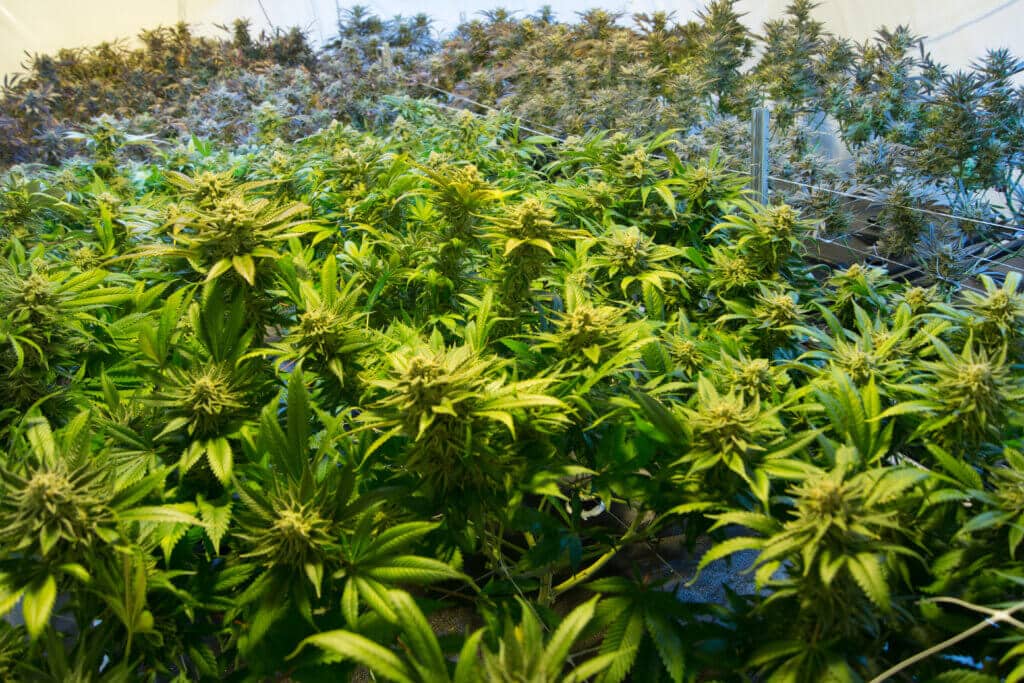
Aeroponic cannabis growing offers both advantages and disadvantages. Some of the most significant disadvantages of cultivating aeroponic cannabis are as follows:
Misting provides water and nutrients to the roots, floating in the air. These nutrients and water interact with CO2 (carbon dioxide), sunshine, and oxygen to ensure your plant’s health. That is, as long as the roots are kept wet. An aeroponic cannabis system is made up of the following components:
Procedure
Aeroponic systems are well-known for producing high-quality results. Growing within and giving nutrients straight to the roots enables the growth of large, healthy buds. Aeroponic flowers are known to bloom with mature trichomes on cannabis and in significant quantities, resulting in a profitable and appealing final product. However, they may not always have the subtle tastes of growing in soil.
More cannabis businesses using aeroponics systems assist the cannabis industry become more environmentally friendly while also generating higher quality products in bigger quantities. As a result, because cultivators’ overhead expenses are reduced, aeroponics may even aid drive down the cost for end-users. Aeroponics is unquestionably a win-win-win situation for producers, users, and the ecosystem. Moreover, growing in aeroponics, like hydroponics, has several advantages and can result in higher overall quality than growing on soil. This approach is comparable to hydro and employs nearly all of the same equipment as a hydro setup. Aeroponics is expensive and requires specialized knowledge. It has a high initial investment cost and requires extensive upkeep.
If you’re interested in cannabis aeroponics but aren’t fully sold on it, why not take a look at cannabis aquaponics and bubbleponics.

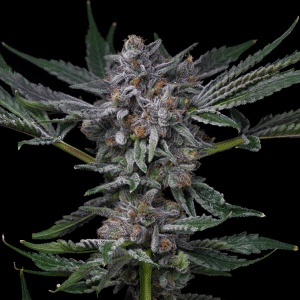
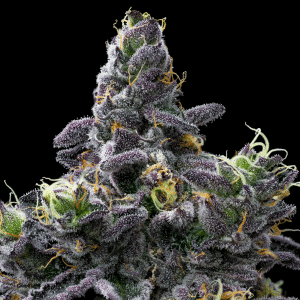
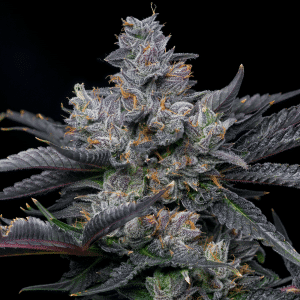
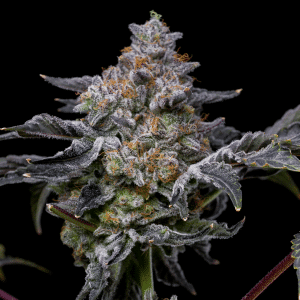
Offers
This product is not for use by or sale to persons under the age of 18. This product should be used only as directed on the label. It should not be used if you are pregnant or nursing. Consult with a physician before use if you have a serious medical condition or use prescription medications. A doctor’s advice should be sought before using any hemp products. All trademarks and copyrights are property of their respective owners and not affiliated with nor do they endorse this product. These statements have not been evaluated by the FDA. This product is not intended to diagnose, treat, cure or prevent any disease. By using this site you agree to follow the Privacy Policy and all Terms & Conditions printed on this site. All products contain less than 0.3% Cannabinoid-compliant with applicable Federal Laws. Please make yourself aware of any and all applicable laws regarding hemp in your jurisdiction. Premium Cultivars accepts no liability or responsibility regarding germination laws in any specific locale state or national jurisdictions.THCA products are not available for shipment to the following states: Hawaii, Idaho, Minnesota, Oregon, Rhode Island, Utah, Vermont *Note: Products with Total THC content above 0.3% must not be shipped to these states.
We want to help you get your hands on the seeds you want, take 20% off your next purchase when you enter your email below!
We want to help you get your hands on the seeds you want, take 20% off your next purchase when you enter your email below!